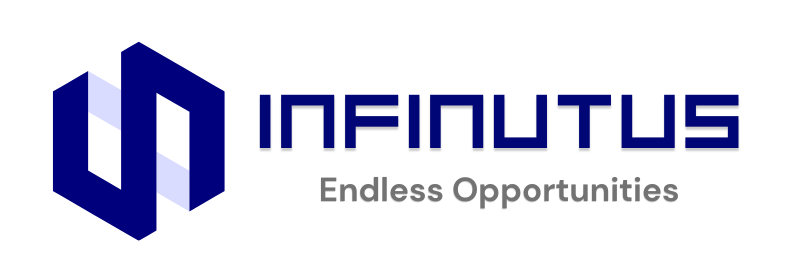
How to Improve My Website SEO?
Improving your website SEO may seem like a daunting task, but by following these key steps—conducting keyword research, optimizing on-page SEO, improving site speed, building backlinks, creating valuable content, enhancing user experience, leveraging local SEO, and monitoring your performance—you’ll be well on your way to better rankings and increased traffic.




